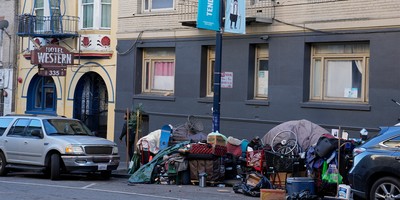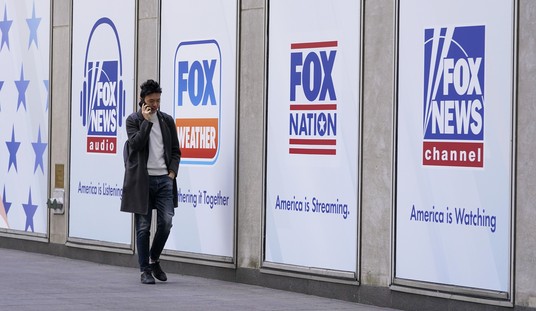Looking to celebrate Christmas in a ‘Happy Holidays’ America? You’re in luck. America has an opulence of her very own Christmas traditions that are both fun and spiritually fulfilling.
A new Pew poll finds that younger Americans do not practice Christmas the same way as their parents and grandparents. Only 39 percent of Americans between the ages of 18-29 say they celebrate Christmas as a faith-based feast. In contrast, 66 percent of Americans over the age of 65 celebrate Christmas as a faith-centered holiday.
One reason why younger people may celebrate Christmas in a secular way is: they have not had a chance to experience the season’s beautiful, holy and peaceful traditions. As a young woman, I’m very appreciative to my older relatives for sharing their Christmas traditions with me from the time I was a little girl. I would like to encourage other parents, grandparents, aunts and uncles to pass along their Christmas traditions to their younger friends and family members.
American Christmas traditions can make the holiday more festive and pleasurable. More importantly, our traditions will help us find a deeper meaning in Christmas and feel a stronger appreciation for our country; our founding fathers; and each other. Here are some places to start:
Bake Martha Washington’s Christmas Cake
At Mount Vernon, George and Martha Washington celebrated Christmas as a religious holiday. The attended church services and also threw delicious feasts for friends and family. One of their favorite desserts was “Martha’s Great Cake.” Mrs. Washington’s original recipe, which she wrote by hand, calls for 40 eggs; five pounds each of flour and fruit; and four pounds each of butter and sugar. Oh yes, and half a pint of cream sherry and a dash of brandy!
Recommended
Martha’s recipe yields too much batter for the average American throwing a Christmas party. However, if you do a simple Google search for “Martha Washington’s Great Cake” and you will find many modern (and smaller) versions of the recipe. Consider inviting your grandchildren, nieces, nephews or even neighbor children over to make Martha’s cake. Pour the batter into cupcake tins so they each have their own cake; top with candles, and then celebrate the birthday of Christ—just like our first American President.
Celebrate Customs of Your American Immigrant Ancestors
Most of us trace our roots back to a combination of European immigrants who came to America in pursuit of a better, freer life. Over the years, these immigrants melded their European Christmas traditions with new customs that they developed in the New World. Whether your ancestors are English, Irish, German, Swedish, or Scottish, your family has its own Christmas traditions. Consider practicing one or two of these customs at your house this year. You’ll instill an appreciation for the spirituality of the American settlers in the young people in your family.
My mother’s side is Polish-American and every Christmas Eve, my 100% Polish grandfather led us in a Polish Christmas tradition. He is now deceased, but my grandmother and mother carry on his tradition. We break and share “Oplatki” or “Christmas Wafers,” which are thin, tasteless rectangular white wafers engraved with an image of faith, such as the infant Jesus; an angel; or the Star of David.
Breaking bread is a symbol of communion, peace and forgiveness. The Oplatki ceremony involves breaking and sharing the wafers; praying; reading the Gospel; and giving each person a turn to voice thanks and good wishes toward their fellow dinner guests. Yellow and pink-colored Oplatki wafers are shared with the family pets or animals, such as dogs, cats and horses.
String Up Christmas Lights
We take Christmas lights for granted today and don’t necessarily see them as a sign of “faith,” but lights have a strong American and religious heritage. Thomas Edison invented the lightbulb; he also invented the first “string” of Christmas light bulbs in the late 1800s, which he strung around his Menlo Park lab as a way to show off his invention during the Christmas season. By 1900, Christmas lights were available, but only to the wealthy because one string cost the equivalent of $300 in today’s money. In a tribute to free enterprise, mass production made Christmas lights affordable to the middle class.
A string of Christmas lights also hails to the faith and hope of early Christians who used the light of fire as a sign of their belief during the dark and gloomy winter months. Candles in Christmas trees; Yule logs; and Advent candles are examples of the early Christians’ “Christmas lights.” Capitalism, which I’ve shown glorifies God, has allowed us to produce fire-safe lights for everyone—from the poorest to the richest—to brighten their homes and yards as a sign of their hope and faith.
Jingle bells, jingle bells. Dashing over amber waves of grain!

























Join the conversation as a VIP Member